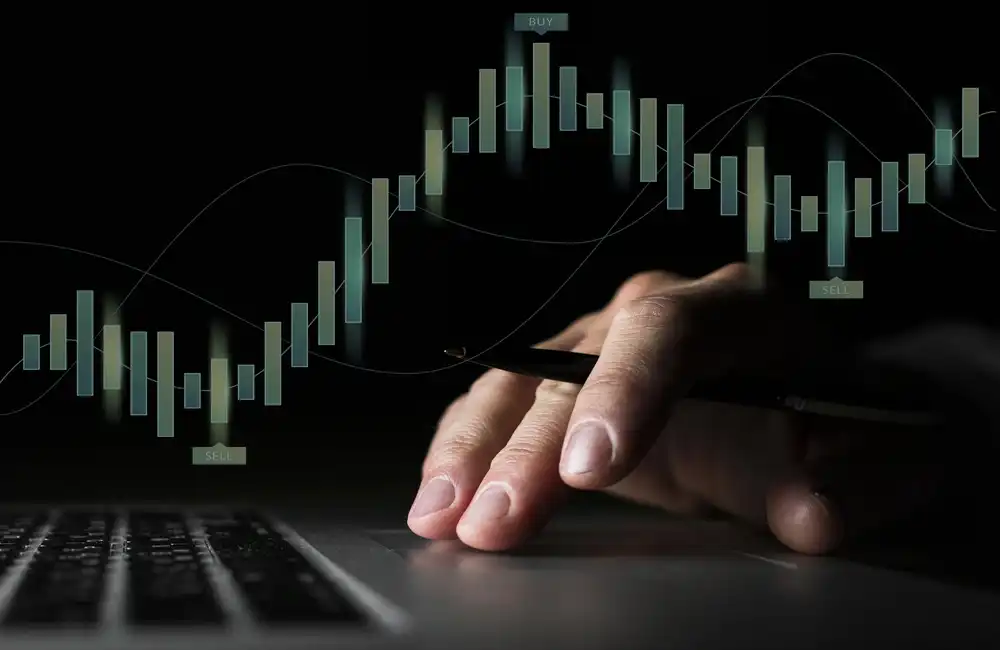Investing in commodities presents opportunities for profit while also exposing investors to substantial risk.
Your investment timing plays a crucial role because it can greatly affect your financial gains. Gold, oil, and agricultural products exhibit unique market behavior because they experience cyclical patterns and price volatility due to external factors. The ability to recognize optimal entry and exit points in commodity markets determines whether investors will realize profits or suffer losses. The article discusses the importance of timing in commodity investments while offering practical strategies to improve investment performance.
Understanding Commodity Market Cycles
The commodity market experiences specific cycles which include periods of bull markets with rising prices and bear markets with falling prices. Multiple economic factors including supply and demand conditions, geopolitical events and natural weather patterns influence these market cycles.
Why timing is important in market cycles:
- Maximise returns: Investors who enter the market during bull phases can achieve significant returns but making poor-timed investments during bear markets risks capital erosion.
- Supply and demand dynamics: A harsh winter creates higher oil demand which results in price spikes while excess supply causes prices to fall.
Investors who comprehend these cycles will be able to take advantage of rising markets and lessen their losses during market downturns.
Price Volatility and the Importance of Timing
Compared with other kinds of investments commodities exhibit greater volatility levels. The unpredictability of market factors causes extreme price fluctuations and demands precise timing for buying and selling.
Key drivers of price volatility:
- Economic indicators: Commodity prices can experience significant changes when economic indicators such as inflation rates, interest rate modifications, and global trade policies shift.
- External shocks: Sudden supply chain disruptions along with natural disasters and wars trigger extreme market volatility.
Potential gains and risks:
- Effective investment timing allows investors to attain substantial profits by taking advantage of gold price increases during periods of economic instability.
- Investment mistakes in timing can lead to considerable financial losses when prices drop unexpectedly.
Impact of External Factors on Commodity Prices
Commodity markets experience significant impact when major international events occur. The price of oil frequently increases when there are geopolitical tensions in the Middle East while agricultural prices can escalate after natural disasters such as droughts and floods.
Why timing around external factors matters:
- Mitigate risks: Quick responses to geopolitical events or natural disasters safeguard your portfolio against catastrophic losses.
- Capitalize on opportunities: Investors who predicted the trade war effects on metal prices had the chance to move ahead and secure profits.
Successful commodity investment requires staying informed and promptly adapting to worldwide events.
Seasonal Trends in Commodities
Seasonality affects commodity markets substantially with especially pronounced impacts on agricultural goods and energy resources. There are regular patterns in commodity prices which are influenced by planting and harvest schedules as well as changes in weather and demand during different seasons.
Examples of seasonal trends:
- Natural gas: Heating needs throughout winter seasons typically drive price increases for commodities.
- Coffee beans: Commodity prices can experience variations during harvest periods based on how much supply is available.
Pro tip: Investors can buy commodities at low prices and sell them during high demand periods by recognizing and applying these market patterns.
Technical Analysis for Timing Investment
Technical analysis serves as a practical approach to improve market entry and exit timing in commodity trading.
How technical analysis helps:
- Identify trends: Charts provide visual representations of price patterns which enable traders to identify bullish or bearish movements in the market.
- Use indicators: Market-moving insights can be derived from technical tools such as moving averages and support and resistance levels along with the Relative Strength Index (RSI).
- Combine with fundamental analysis: Analysis of supply-demand outlooks and macroeconomic data together with technical indicators enhances investment decision-making.
Using multiple analytical tools together helps investors improve their ability to time market movements.
Long-Term vs. Short-Term Commodity Investing
Different strategies require different timing considerations.
Short-term strategies:
- Options trading and day trading depend on exact timing because prices fluctuate quickly over short periods.
- Successful application of this strategy demands ongoing market data analysis and rapid response decisions.
Long-term strategies:
- Timing still matters, especially during entry. Investing when the market experiences a downturn can help to maximize future investment returns.
- This approach gives greater attention to economic cycles and broad market trends instead of immediate market fluctuations.
Your investment strategy must align with your risk tolerance and desired investment outcomes.
Risk Management and Timing
Understanding the importance of timing can help manage the inherent risks associated with commodities.
Risk management strategies:
- Diversification: Investing across multiple commodities will help minimize your risk by spreading exposure among different markets.
- Stop-loss orders: Establish limit thresholds ahead of time to control financial losses when markets decline.
- Hedging: Utilize derivative instruments to minimize the financial impact of adverse movements in tangible commodity investments.
Ensure you stay objective because market hype and speculative activities can cause hasty decisions when markets become unstable.
Timing as a Psychological Challenge
The psychology of timing cannot be ignored. Investors who make decisions based on feelings during extreme market conditions often make mistakes. Investors buy at market highs because of FOMO and sell during downturns due to panic reactions.
Tips for overcoming psychological challenges:
- Commit to your strategic plan and demonstrate self-control.
- Make decisions based on objective data analysis instead of emotional reactions.
- Maintain patience and confidence in your strategy when facing short-term market changes.
The Role of Advisor’s Gateway
Successful timing demands both expertise and timely access to dependable information. Advisor’s Gateway provides essential advantages in this scenario. Our exclusive newsletter delivers timely insights together with market analysis and actionable advice to optimise your commodity investments.
Why choose Advisor’s Gateway?
- Access the most recent movement data on commodity markets.
- Access expert strategies for timing investments.
- Learn expert techniques to reduce investment risks and boost your returns.
Optimise Your Commodity Investments Today
The potential for profit in commodity investments exists but achieving success requires precise timing. Proper market cycle understanding along with risk management and continuous information gathering creates significant investment advantages.
Sign up for Advisor’s Gateway’s newsletter now to receive exclusive expert-led strategies and timely insights that will empower you to make informed decisions and achieve maximum returns in the commodities market.
Don’t leave your investments to chance. Achieve your financial goals by mastering your timing through Advisor’s Gateway.



















